

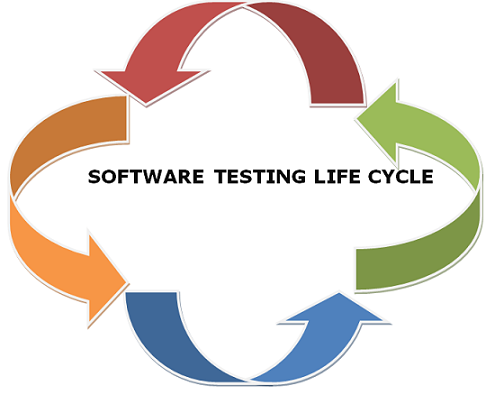
Initially, testing was not being considered essential in the process of software development. However, with the growing incidence of product’s failure lacking quality attributes has raised up the importance of testing in the recent years. Consistently, software testing has become an essential and necessary component which needs to be adapted in every development environment and team. Testing is not limited to finding bugs or errors but have wide range of involvement to ensure the fulfilment of requirements and specifications by the product. In any software development project, testing has same level of importance as development phase have.
In simple words, life cycle may be defined as the sequence of changes from one module to another using appropriate strategy and analysed approaches. These changes should apply in real-time processes. In every cycle, each phase has different meanings that should be functionally understood and applied.
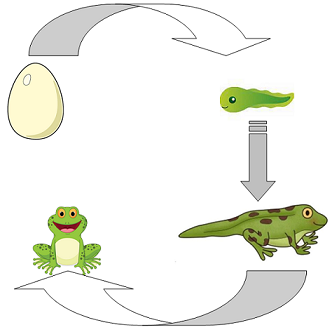
Software Testing Life Cycle (STLC) defines the sequential testing approach having definite number of steps to pursue and accomplish quality goals. Each phase provides a better way of implementation. The STLC life cycle may vary from organizations to organizations, but the perspective to meet goal remains the same.
STLC follows a fixed hierarchy and comprises following stages:
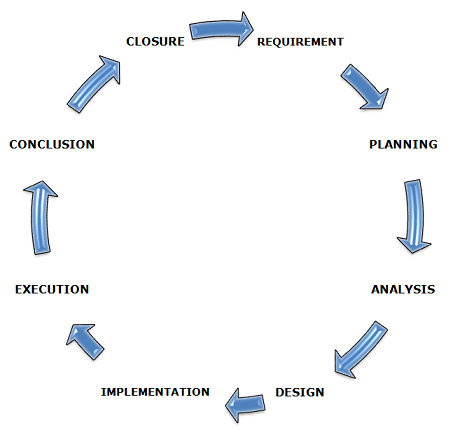
This phase is also said to be a brainstorming phase. In this phase, various strategies and planning can be done in order to figure out the actual requirements. The team study and analyse all the approximations with other teams like clients, technical heads, business analysts, etc. Because, it is important to have a discussion with all teams to configure the thorough requirements.


In this phase, the analysis determines what should be tested. Critically identifies the test cases, risks and other major basis from the prepared documentation. These are some major activities that can be carried out during analysis phase.
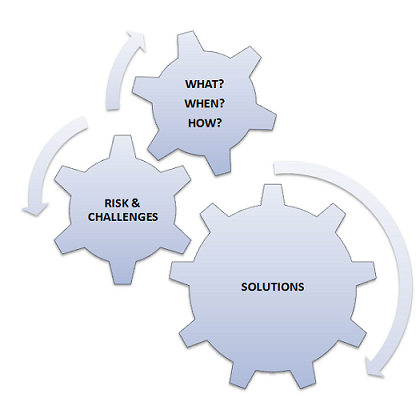

Read more about the test design in our article test case design techniques.
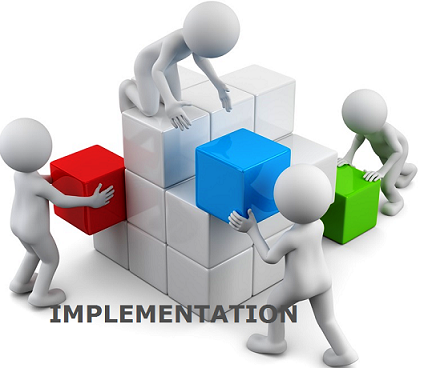
In this phase, the most important part is to create test cases for different examination. The test cases must be prioritized to identify, which test case will become the part of the regression test suite. Before finalizing a test case, it is mandatory to carry out the correctness of each test case. When it comes to automation, team should critically identify the test cases for each automated process. While analysing different kinds of test cases, it is necessary to keep positive and negative scenarios.
The name of the phase itself defines the meaning i.e., actual execution in Software testing life cycle (STLC). Before execution, it is important to review the criteria and documentation requirements. This phase executes all the test cases and simultaneously maintain the defects report (if exists). And, simultaneously you should keep monitoring and updating the traceability matrix to monitor and track the current progress.

To explore more, read our related article test execution.
Basically, this phase focuses on the exit criteria or conditions and final reporting. The complete analyzed report must be sent to the team leader. The report must be sent on weekly basis or monthly basis. Different organization may have distinct reporting procedures and rules. The leader analyses or reviews the complete report technically such as number of test cases passed, failed, defects and risk evaluation.

This phase marks the closure of the software testing life cycle. In this phase, it is being evaluated that whether all the test cases executed successfully or not, and same for the report management.

At the end, team must note down all the lessons which should be learnt or create a lesson-learned documentation for future purposes.
Find out the test closure activities in our article test closure.

STLC is an inherited part of SDLC, comprising of multiple and sequential stages which are needed to be executed with proper care and attentiveness to reap the fruitful results in terms of superlative quality of the software application.
Advertisement: